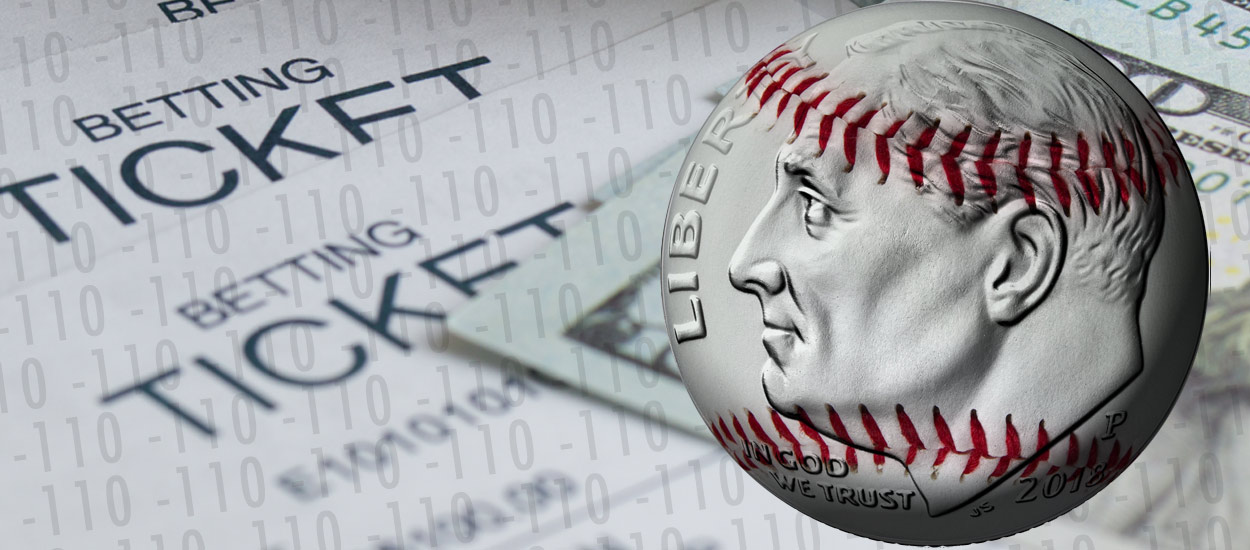More often than not a trip to Las Vegas is not a financially sound decision. And yet every year over 40 million people hand over their cash to the city’s many towering casinos, hoping the roulette ball rattles to a stop on black.
Gambling and other forms of risk-taking appear to be hardwired into our psyche. Humans at least as far back as Mesopotamia have rolled the dice, laying their barley, bronze and silver on the line, often against miserable odds. According to gambling industry consulting company H2 Gambling Capital, Americans alone lose nearly $120 billion a year to games of chance.
Now a set of neuroscience findings is closer than ever to figuring out why. Ongoing research is helping illuminate the biology of risky behaviors—studies that may one day lead to interventions for vices like compulsive gambling. The recent results show an explanation is more complex than looking at dysfunctional reward circuitry, the network of brain regions that fire in response to pleasing stimuli like sex and drugs. Risking loss on a slim chance of thrill or reward involves a complex dance of decision-making and emotion.
A new study by a team from Johns Hopkins University appears to have identified a region of the brain that plays a critical role in risky decisions. Published September 20 in Current Biology, the authors analyzed the behavior of rhesus monkeys, who share similar brain structure and function to our own. And like us, they are risk-takers, too.
First the authors trained two monkeys to “gamble” against a computer to win drinks of water. Then they had to choose between a 20 percent chance of receiving 10 milliliters of water versus a far more reliable 80 percent chance of getting only three milliliters. The monkeys overwhelmingly took the gamble, even when they were no longer thirsty.
Previous work has shown a brain region called the supplementary eye field (SEF) is, along with regulating eye movements, also involved in decision-making. When the authors suppressed SEF activity by cooling the region with an external metal plate—a process that is harmless and reversible—the monkeys were 30 to 40 percent less likely to make risky bets.
Johns Hopkins neuroscientist and study co-author Veit Stuphorn says the findings were not entirely unanticipated, given the role the SEF and its neighboring areas play in decisions. Yet he is intrigued that an area of the brain is so tied in with processing the risk associated with a particular behavior without actually causing the behavior itself. “The specificity of the contribution of SEF to risky decisions was surprising to us,” he says. “We interpret this as a sign that SEF mainly reflects the contribution of higher-order cognitive areas…, such areas build a model of the environment and use it to predict opportunities and dangers.” In other words, the SEF appears to shape the attitude toward a particular risky behavior. It also, Stuphorn suggests, represents a possible treatment target for those prone to excessively risky pursuits like problem gambling.
But not just yet. “We do not understand the risk-taking network in the brain well enough to think about therapeutic implications,” he says. “But as our understanding increases, there is hope for better behavioral interventions based on a better understanding of the factors that drive risky decisions. And in the long run possibly direct interventions in the form of brain stimulation.”
Yale University neuroscientist Daeyeol Lee, who was not involved in the new research, is also optimistic. “Finding that excessive risk-taking might be influenced by the function of a specific brain area might be an important step in treating humans with severe risk-taking tendencies,” he says, adding that certain drug treatments for Parkinson’s disease and other neurological disorders can also cause risky behaviors. “The findings in this study might also have implications in reducing such unwanted side effects,” he says.
Typically, the brain’s “reward center” or “reward circuitry,” have not included the SEF but rather other brain regions that drive pleasurable responses via the neurotransmitter dopamine. Yet, as Daeyeol points out, reward is complex. The SEF is likely to be involved in the anticipation of reward and helping control dopamine activity in a reward area called the basal ganglia.
Another study published last week, also in Current Biology, adds an additional layer to the neuroscience of gambling risk—the feeling of regret. In 10 neurosurgical patients the authors measured electrical activity in a brain region called the orbitofrontal cortex—part of the prefrontal cortex near the SEF—while presenting them with gambling scenarios. They used electrodes to analyze brain activity as each study subject decided whether or not to make a bet, right after a bet and when—a half a second later—they learned the outcome.
By comparing the findings to previous brain recordings associated with regret, they deduced that during the split second between placing a bet and learning the outcome our brains frantically replay previous betting decisions. We recall the regret we felt from losing prior bets and from not betting more on those we won.
Senior author Ming Hsu, an associate professor in the Haas School of Business and the Helen Wills Neuroscience Institute, both at the University of California, Berkeley, notes this rumination on past choices is probably an evolutionarily means of improving future decision-making. “This type of replay is particularly prevalent during the lull after one makes a decision and before finding out about the outcome,” he says. “But what we see is that the [orbitofrontal cortex] is incredibly active, and in particular processing how much regret the subject experienced on the previous decision.”
Scientists have long known the prefrontal cortex is involved in complex decision-making. An early clue was the case of Phineas Gage, a 19th-century railroad foreman who, in some accounts, become wildly impulsive after an explosion drove an iron bar through the front of his brain. Hsu thinks the rapid replay of past decisions could explain why the prefrontal cortex is implicated in conditions like depression and addiction, both of which involve a willful neglect of negative consequences, an apathy toward risk.
Washington University School of Medicine in Saint Louis neuroscientist Camillo Padoa-Schioppa, who did not take part in either new study, comments, “Many monkey studies, including work from my lab, have found that decision computations [involve] the orbitofrontal cortex.” The fact this study showed the same thing in humans, he notes, is an important step toward understanding our own decision-making process.
As researchers like Hsu and Stuphorn gradually unravel the neurocircuitry of risk and reward, perhaps we will one day see better treatments for such conditions, most likely behavioral interventions or brain-stimulating technologies.
We may also see treatments that quell the thrill and compulsion of problem gambling and other risky behaviors and encourage a bit more fiscal prudence. If so, perhaps those at risk of draining their bank accounts on the Vegas Strip will find themselves cashing in their chips, not squandering them.
This article is a reprint from ScientificAmerican.com. To view the original story and comment, click here.







































